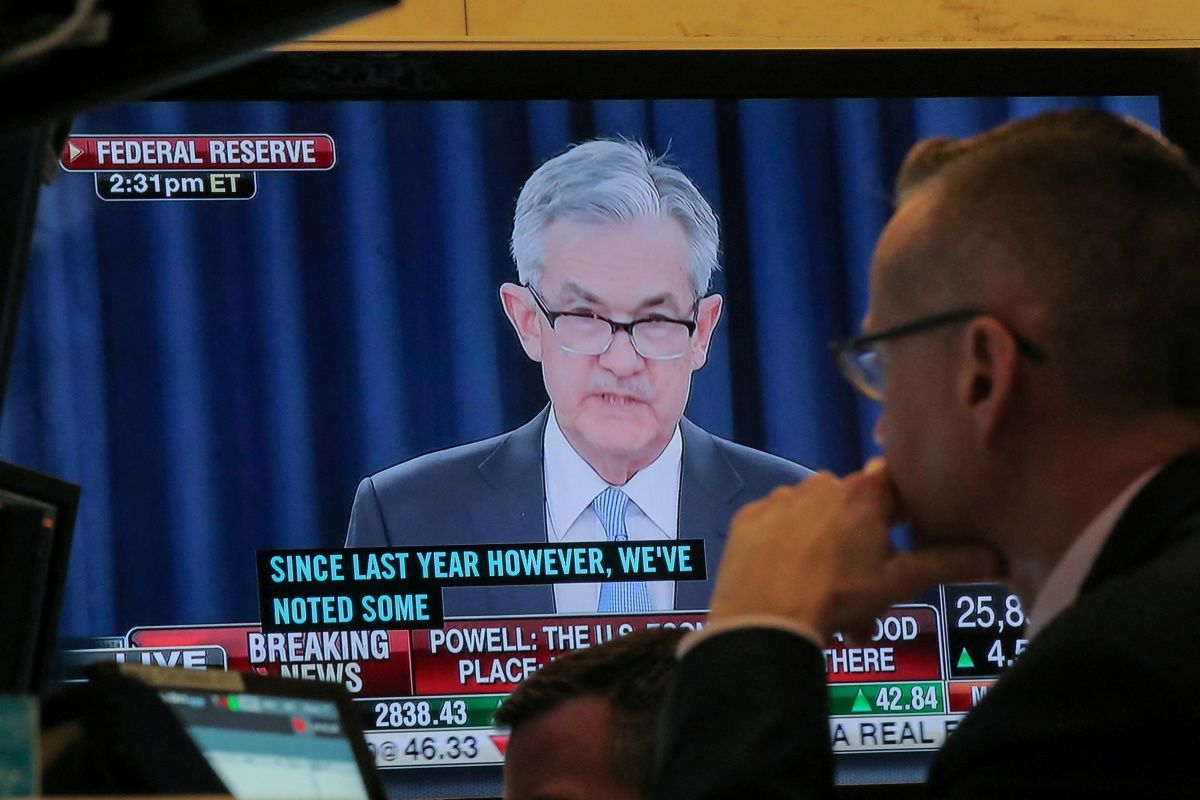After rallying for a couple of weeks in hopes of a soft landing, Wall Street will get another chance to find out the nation’s monetary policy direction.
On Wednesday, the Federal Open Market Operations Committee (FOMC) will hold another regular meeting to set the pace of interest rate hikes for the next five weeks to bring inflation closer to its target.
FOMC is the monetary policy arm of the Federal Reserve. It meets regularly, typically every five weeks, to assess the country’s economic conditions. In addition, it makes decisions on Open Market Operations (OMOs), a tool for controlling liquidity in the economy and short-term interest rates (Federal Funds Rate), in line with the Central Bank’s dual mandate: steady inflation and maximum employment (low unemployment).
FOMC meetings are closely watched by Wall Street, as its decisions can have a significant impact on the economy, and the upcoming meeting isn’t an exception to this rule.
Edward Jones’ Investment Strategist, Angelo Kourkafas, thinks that after several interest rate hikes that have helped ease inflation, it’s still too soon for the Fed to declare victory but not too soon to consider a pause.
He expects FOMC to deliver to investors what they expect: A downshift to a 25 bp increase in rates in what could prove to be one of the last hikes in the tightening cycle.
That would bring the new Fed Funds Rate in the range of 4.50% to 4.75%.
“Many Fed officials in recent weeks have endorsed a smaller hike, and as a result, fed funds futures now put the odds of a 25bp hike at near 100%,” Kourkafas told International Business Times. “One additional and final hike potentially in March would bring the fed funds rate to around 5%, matching market expectations and Fed projections. At that point, the Fed can pause to evaluate conditions.”
Robert R. Johnson, a business professor at Creighton University, also sees little suspense for the February 1 Fed meeting.
“The CME Group compiles the view on interest rate moves by the Fed via its FedWatch Tool based upon Fed Funds futures contract prices,” he told IBT.
“Today, according to the CME’s FedWatch Tool, the probability of a 25-basis point rate increase at next week’s Fed meeting is 98%. In addition, there is an 84.3% chance of an additional 25 basis point increase at the March 22 Fed meeting. However, the market consensus is that the hikes may end after that, as the probability of an additional 25 basis point increase at the May 23 Fed meeting is 34%.”
Ultimately, it all depends on the pace of actual inflation vis-a-vis the Fed target.
Kourkafas sees inflation remaining well above the Fed’s target, meaning policymakers will likely continue pushing back against expectations for rate cuts, which is a step too far for now.
“Fed Chairman Jerome Powell could talk tough to keep financial conditions from loosening any further,” he said. “While this can trigger volatility, markets can still point to the trend of disinflation that has emerged as a reason to ignore the message.”
Nonetheless, he thinks disinflation is already reflected in investor expectations in the equity markets, but it’s still a favorable trend for fixed-income investments.
“Amid less aggressive Fed policy, weakening economic growth, and disinflation, the backdrop for fixed income has improved,” he added. “We see an opportunity to complement CDs and other short-term bonds with longer, high-quality bonds. Of course, equities could stay volatile in the near term. Still, investors can start preparing for a more sustainable rebound by diversifying into cyclical sectors, quality parts of tech, and international markets.”







